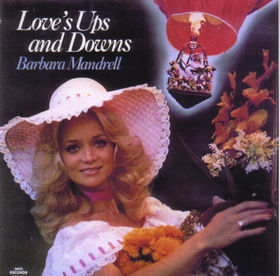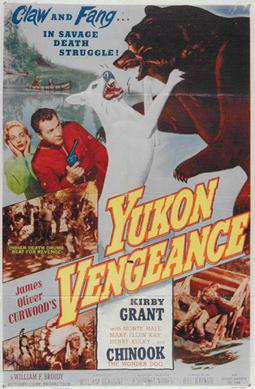
Martin David Robinson, known professionally as Marty Robbins, was an American singer, songwriter, multi-instrumentalist, and NASCAR racing driver. Robbins was one of the most popular and successful country and western singers for most of his nearly four-decade career, which spanned from the late 1940s to the early 1980s. He was also an early outlaw country pioneer.

John Marty Stuart is an American country and bluegrass music singer, songwriter, and musician. Active since 1968, Stuart initially toured with Lester Flatt, and then in Johnny Cash's road band before beginning work as a solo artist in the early 1980s. He is known for his combination of rockabilly, country rock, and bluegrass music influences, his frequent collaborations and cover songs, and his distinctive stage dress.

The American Academy of Religion (AAR) is the world's largest association of scholars in the field of religious studies and related topics. It is a nonprofit member association, serving as a professional and learned society for scholars involved in the academic study of religion. It has some 10,000 members worldwide, with the largest concentration being in the United States and Canada. AAR members are university and college professors, independent scholars, secondary teachers, clergy, seminarians, students, and interested lay-people.

Michael Webb Pierce was an American country music vocalist, songwriter and guitarist of the 1950s, one of the most popular of the genre, charting more number one hits than any other country and western performer during the decade.
Knowles Fred Rose was an American musician, Hall of Fame songwriter, and music publishing executive.

The Jordanaires were an American vocal quartet that formed as a gospel group in 1948. Over the years, they recorded both sacred and secular music for recording companies such as Capitol Records, RCA Victor, Columbia Records, Decca Records, Vocalion Records, Stop Records, and many other smaller independent labels.
"There's No Business Like Show Business" is an Irving Berlin song, written for the 1946 musical Annie Get Your Gun and orchestrated by Ted Royal. The song, a slightly tongue-in-cheek salute to the glamour and excitement of a life in show business, is sung in the musical by members of Buffalo Bill's Wild West Show in an attempt to persuade Annie Oakley to join the production. It is reprised three times in the musical.
Country USA was a 23-volume series issued by Time-Life Music during the late 1980s and early 1990s, spotlighting country music of the 1950s through early 1970s.
"Have I Told You Lately That I Love You?" is a popular song written by Scotty Wiseman for the 1944 musical film, Sing, Neighbor, Sing and performed by Lulu Belle and Scotty. It was their greatest hit and one of the first country music songs to attract major attention in the pop music field. Although the song was featured in the movie, it was not released by Lulu Belle and Scotty until 1947. The first released version of this song was by Gene Autry in 1945.

Love's Ups and Downs is the seventh solo studio album by the American country music singer Barbara Mandrell, released in 1977. It was produced by Tom Collins.
Eric "Big Daddy" Dixon was an American jazz tenor saxophonist, flautist, composer, and arranger.
The Mary Sue is a character archetype in fiction, usually a young woman, who is often portrayed as inexplicably competent across all domains, gifted with unique talents or powers, liked or respected by most other characters, unrealistically free of weaknesses, extremely attractive, innately virtuous, and generally lacking meaningful character flaws. Usually female and almost always the main character, a Mary Sue is often an author's idealized self-insertion, and may serve as a form of wish fulfillment. Mary Sue stories are often written by adolescent authors.

Vice Squad is a 1953 American film noir crime film directed by Arnold Laven and starring Edward G. Robinson and Paulette Goddard. The film is also known as The Girl in Room 17.
James Albert Beck was an American country music talent agent, record promoter, recording studio owner, A&R engineer, record producer, and music publisher from Dallas, Texas, best known for discovering and being the first to record Lefty Frizzell.

Yukon Vengeance is a 1954 American Northern film directed by William Beaudine and starring Kirby Grant, Monte Hale and Mary Ellen Kay. It was the tenth and final film featuring Grant as Mountie Corporal Rod Webb, assisted by his dog Chinook.

Mary Ellen Ruffalo, better known as Mary Ellen Kay, was an American television and film actress.

The Road to Nashville is a 1967 American musical film directed by Will Zens and starring Marty Robbins and Connie Smith.
Ray Quarles Edenton was an American guitarist and country music session musician.
Albert C. Gannaway was an American film director, producer and screenwriter.

The Badge of Marshal Brennan is a 1957 American Western film directed by Albert C. Gannaway and written by Tom Hubbard. The film stars Jim Davis, Arleen Whelan, Carl Smith, Harry Lauter, Marty Robbins, Douglas Fowley, Lee Van Cleef and Louis Jean Heydt. The film was released on April 14, 1957, by Allied Artists Pictures.











